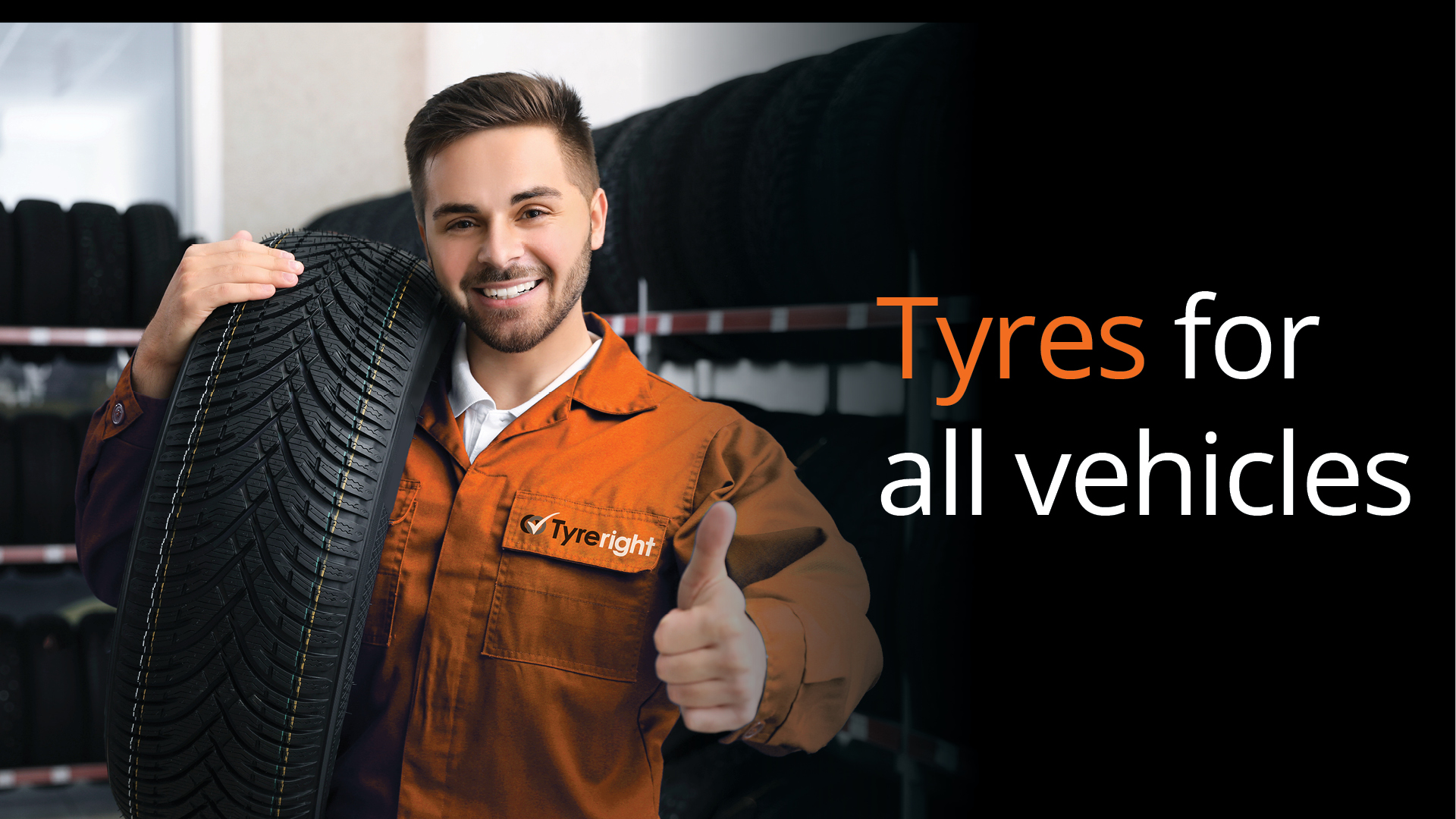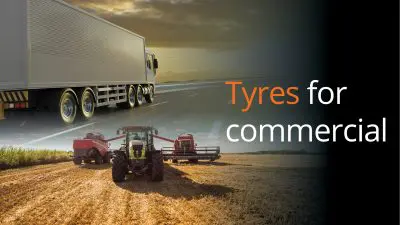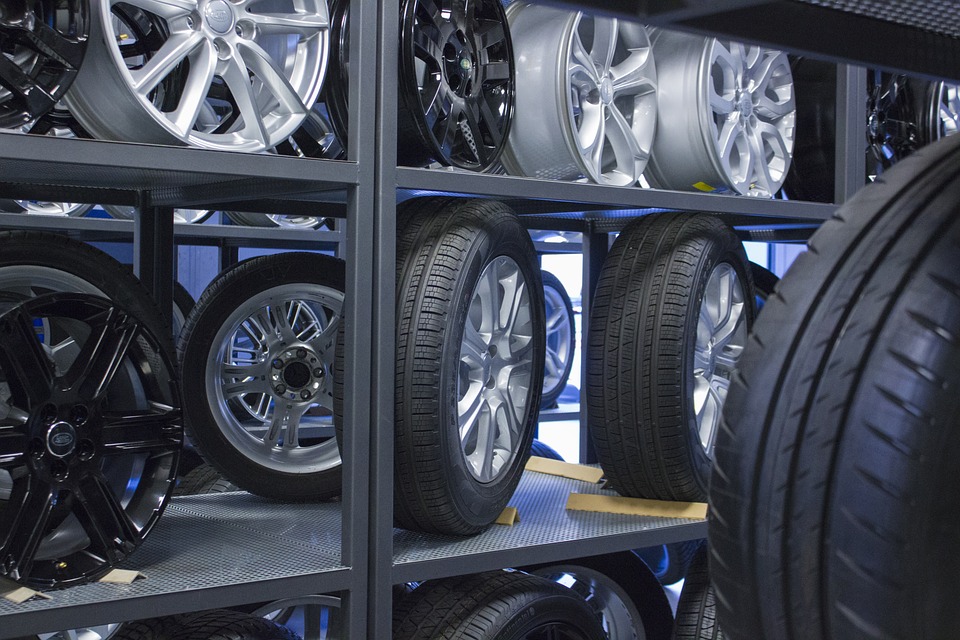Whether you’re driving your first car or your tenth one, buying new tyres can be a challenge. While it’s great that the tyre industry offers such a wide variety of tyres for different types of vehicles and different conditions and terrains, the downside is that when it comes time to find the tyres best suited to your vehicle, it’s easy to feel overwhelmed.
Obviously, it’s really important that the right type of tyre is selected – and part of that is understanding how to size tyres for your car. Once you have the right size, you can then have fun browsing through all the different manufacturers to find the set you like most. Here’s what you need to know about sizing tyres correctly for your car.
Why correct size is important
Making sure you have the right tyres for your particular vehicle is crucial, as incorrectly-sized tyres can pose many problems – particularly, safety issues.
Incorrectly-sized tyres are likely to wear down faster. Wrong size tyres can also wreak havoc on your vehicle’s proper operation, from diminishing your speedometer’s accuracy to causing your ABS to operate incorrectly. So if your tyres are too big or too small, it’s a real issue.
It is important to keep in mind that each manufacturer may have slightly different size guides for their tyres. So if you’re concerned about the sizing of your tyres, have them checked out by a tyre professional. It may turn out your current tyres are actually the correct fit, but if they’re not, you’ll be glad you had them looked at. Given that 30% of accidents in Australia over the past year were caused by cars running off the road, your tyres are always going to be your vehicle’s first point of contact and last line of defence. It’s always better to be proactive and to be safe rather than sorry if you have any doubts.
Know the numbers
The first step to sizing tyres for your car is understanding how to read the numbers on them. Let’s use an example of a typical set of numbers you’d find on a tyre: 205/55/R/16/87/V.
These numbers will be found on the sidewall of your tyre, often close to the logo of your tyre’s manufacturer. Looking from left to right, here’s what each one means:
205: The first number you’ll see will state the tyre’s width.
55: This number is the tyre’s aspect ratio, which is the ratio between the tyre’s height and width.
R: This denotes the construction type. Most commonly, it will be the letter R, which stands for radial. Just about all new car tyres sold today are radials.
16: This number is the rim length of the tyre.
87: This fifth number is the load index.
V: This is the tyre’s speed rating.
It’s important to keep in mind that the second to last number is linked to an index. So if the number is a low one like 87, it doesn’t mean the maximum load capacity of your tyres is 87kgs. Instead, the 87 corresponds to an index chart, so your total carrying capacity is likely to be closer to 545kgs (though it’s wise to check with your tyre manufacturer to confirm).
Finally, remember that similar to the load index number, the last letter is a speed rating – not your tyre’s max speed. For example, if the letter is V, your maximum speed with those tyres should not exceed 240km/h. Be sure to consult your tyre manufacturer’s speed rating guide to confirm.
It’s also essential to remember that the maximum speed for your tyres is not the same as the maximum speed for your car. So if you’re planning to take your car to a track day, even if you have a brand new set of tyres with a high-speed rating, it’s vital to have a chat with your mechanic first. This will help ensure that, beyond your tyres alone, your car and its components are also in good shape and suitable for travelling at higher speeds.
A sizeable problem
As you look to your next tyre purchase, keep in mind there is a little flexibility surrounding the numbers because of the slight differences that can exist between manufacturers. That said, remember that the only dimensions you can change are the width and aspect ratio. The only way to fit tyres with a different wheel size will be to buy a set of replacement wheels alongside your tyres. So it never hurts to double-check that your wheel size is correct before making a purchase.
There won’t be many situations where a person needs tyres for their car and doesn’t currently have an old set in place. This said, sometimes this rare event can happen, where you may not have any idea of the right tyre size because you have nothing to reference. You can either contact the car manufacturer and ask them (your owner’s manual may have that information, as well), or you can contact your local tyre dealer and they can size up which tyres will be the best match for your vehicle.
When it comes to tyre maintenance and care, the adage ‘little and often adds up’ rings true. Keeping your tyres in good order helps prolongs their life and minimises the risk of mishaps like a flat tyre occurring.
Ensuring you get the right size tyre at the start and keeping up with ongoing maintenance not only helps make your daily drive safer but also means your tyres should pass inspection and be good to go anytime you decide to go on a long drive like a road trip.
Good tyre maintenance guarantees you can spend more time behind the wheel enjoying your drive, and can avoid getting stuck waiting by the side of the road for the tow truck to arrive. It all starts with getting the right tyres for your vehicle. Tyreright has vehicle maintenance services for you at all our stores, don’t delay, get it sorted.








